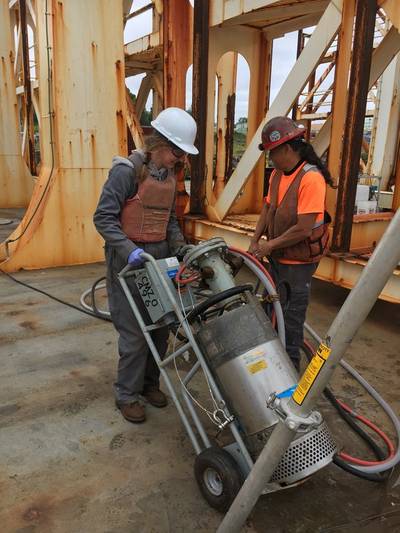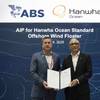Mobile System Used for Treating Ballast Water
Glosten and Global Diving & Salvage say they have used a mobile system to treat ballast water on board a 350-foot marine vessel moored in Coos Bay, Ore.
The firms deployed the Glosten Ballast Responder successfully treating all 3,990 tons of ballast water on board. The contingency response team deployed from Seattle the morning of May 21 and certified all ballast water on board as safe for discharge by the evening of May 23.
“The system and team performed very well,” said Glosten Principal and ballast water treatment expert Kevin Reynolds, PE. “We will continue to incorporate lessons learned as we perform additional deployments.”
The treatment utilized a mobile ballast water mixing system that Glosten developed in cooperation with the U.S. Geological Survey and the National Park Service. Previous deployments were used to gain biological efficacy data and establish practical treatment protocols; however, this treatment marks the first live deployment to assist a vessel requiring ballast water management for treating aquatic nuisance species.
“The Ballast Responder enabled the operator to comply with State and Federal regulations. Deploying the team was the right move for this application,” commented Rian Hooff of the Oregon Department of Environmental Quality. “We’ve been looking for a practical contingency system to protect our waters from potential aquatic invasions. We are very pleased to see Ballast Responder fill that need.”
Next steps include a trial deployment on the Great Lakes in July and the building and predeployment of additional kits in key shipping locations in the U.S. and worldwide.
David DeVilbiss, Global Diving & Salvage’s VP of Casualty & Emergency Response, shared his enthusiasm for the effort. “As always, Global is eager to serve our marine community, and will continue to evaluate various deployment options.”














